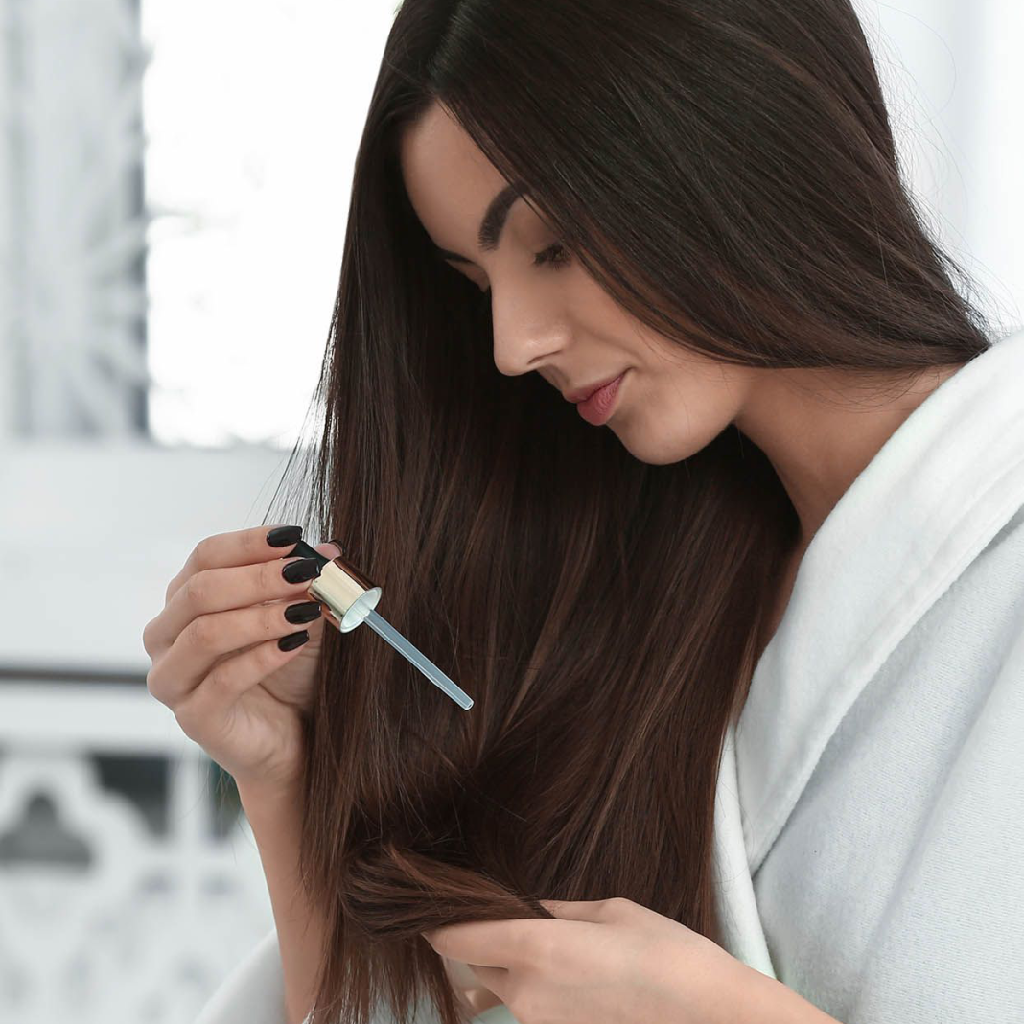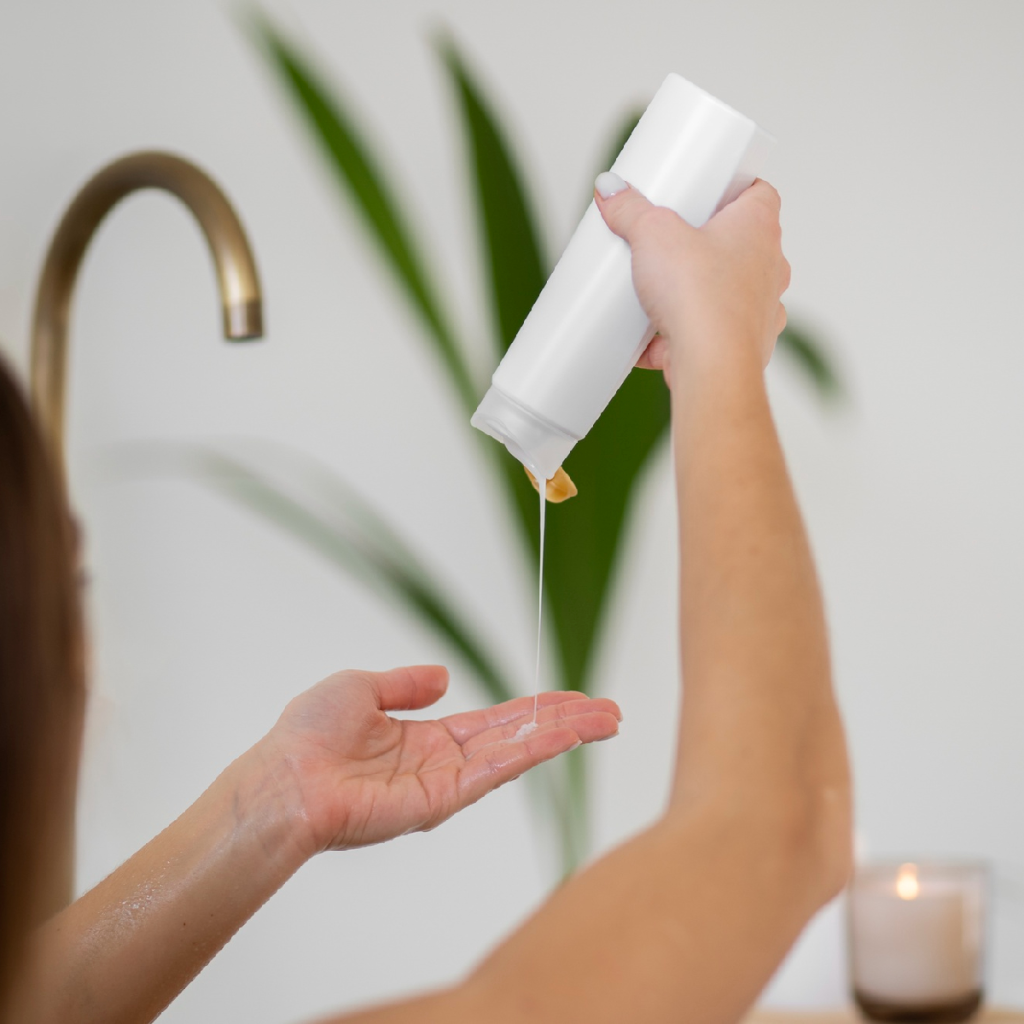Learn about the best over-the-counter products and treatments that can help stimulate hair growth.
Discovering Over-the-Counter Products and Treatments to Stimulate Hair Growth
Have you ever dreamed of having luscious, flowing locks that would make Rapunzel jealous? Well, you’re not alone! Many of us desire thick, healthy hair that is the envy of everyone we meet. The good news is that there are plenty of over-the-counter products and treatments available to stimulate hair growth and help you achieve your hair goals. In this article, we’ll dive into the wonderful world of hair growth and explore the various options at your disposal. So, put on your hair-enthusiast hat and let’s get started!

Understanding Hair Growth and Loss
Before we jump into the exciting world of over-the-counter hair growth products, it’s important to understand the basics of how our hair grows and why we may experience hair loss. Knowledge is power, my friends!
Our hair is more than just a fashion statement or a way to express ourselves. It serves important biological functions, such as protecting our scalp from the sun and regulating body temperature. So, let’s delve into the science behind hair growth and explore the fascinating process that occurs in cycles.
The Science Behind Hair Growth
Hair growth is a complex and intricate process that involves several stages. Each individual hair follicle goes through a growth phase called anagen, a rest phase known as telogen, and a shedding phase called catagen. These stages work together harmoniously to ensure the continuous growth and renewal of our hair.
During the anagen phase, the hair follicle actively produces new cells, which elongate the hair shaft. This is the phase where our hair visibly grows, adding length and volume to our locks. The duration of the anagen phase varies among individuals, ranging from two to six years. So, if you’re trying to grow out your hair, be patient! It takes time for those little follicles to do their thing.
Following the anagen phase, the hair follicle enters the telogen phase, which is a resting period. During this time, the hair follicle is not actively producing new cells, and the hair shaft remains in place. This phase typically lasts for about three months before the hair enters the shedding phase.
The shedding phase, known as catagen, is a natural process where the hair follicle detaches from the blood supply and pushes the hair shaft out. This is when we notice hair falling out, which is a normal part of the hair growth cycle. Shedding allows new hair to replace the old one and ensures the continuous renewal of our hair.
Common Causes of Hair Loss
Hair loss can be a distressing experience, but understanding the common causes can help us address the issue effectively. There are various factors that contribute to hair loss, including genetics, hormonal changes, stress, certain medications, and even hairstyles that put too much strain on the hair follicles.
Genetics play a significant role in determining our susceptibility to hair loss. If you have a family history of baldness or thinning hair, you may be more prone to experiencing hair loss yourself. Hormonal changes, such as those that occur during pregnancy or menopause, can also disrupt the hair growth cycle and lead to temporary or permanent hair loss.
Stress is another culprit when it comes to hair loss. Experiencing high levels of stress can disrupt the normal functioning of our hair follicles, causing them to enter the telogen phase prematurely and leading to excessive shedding. Additionally, certain medications, such as chemotherapy drugs, can cause hair loss as a side effect.
Believe it or not, the way we style our hair can also contribute to hair loss. Hairstyles that put excessive tension on the hair follicles, such as tight ponytails, braids, or buns, can lead to a condition called traction alopecia. This type of hair loss occurs when the constant pulling or strain on the hair follicles damages them, resulting in hair loss in those areas.
Now that we have a better understanding of the science behind hair growth and the common causes of hair loss, we can explore the exciting world of over-the-counter hair growth products. Stay tuned for more information on how these products can help promote healthy hair growth and combat hair loss!
Over-the-Counter Hair Growth Products: An Overview
Now that you have a basic understanding of how hair growth works, let’s take a closer look at the exciting world of over-the-counter hair growth products. There are a plethora of options available, so finding the right one for you can feel like finding a needle in a haystack. Fear not! We’re here to help you navigate the aisles of hair care products like a seasoned pro.
Types of Over-the-Counter Hair Growth Products
When it comes to over-the-counter hair growth products, you’ll find everything from shampoos and conditioners to serums and supplements. Let’s explore each of these options in more detail:
- Shampoos and conditioners: These hair care staples may contain ingredients like biotin, caffeine, or keratin, which claim to promote hair growth. Look for products specifically formulated for hair growth and follow the instructions for best results.
- Serums and oils: These magical elixirs often contain ingredients like minoxidil, which has been shown to stimulate hair growth. Apply them to your scalp as directed and watch your hair flourish!
- Supplements: Biotin supplements have gained popularity as a hair growth aid. These little capsules contain a B vitamin that supports the health of your hair, skin, and nails. Remember, though, that supplements are not a magical cure-all, so be patient and stick with them for a while to see results.
How to Choose the Right Product for You
Now that you know the different types of over-the-counter hair growth products available, it’s time to find the one that suits your needs and preferences. Here are a few tips to help you make the right choice:
- Consider your hair type: Different products work best for different hair types. If you have oily hair, you may want to opt for a lightweight serum. If your hair is dry and brittle, look for a nourishing shampoo and conditioner combo.
- Read reviews: Don’t just take the packaging’s word for it—do some research! Read reviews from other customers to see what they have to say about the product. This can give you valuable insights and help you make an informed decision.
- Consult a professional: If you’re still unsure which product is right for you, consider scheduling an appointment with a dermatologist or trichologist (a hair and scalp specialist). They can assess your specific needs and provide personalized recommendations.
Detailed Review of Top Over-the-Counter Hair Growth Products
Now that you know the basics of hair growth and how to choose the right product, let’s dive into a detailed review of some top over-the-counter hair growth products. We’ll explore their benefits, potential side effects, and give you the inside scoop. Ready? Let’s go!
Minoxidil: Benefits and Side Effects
Minoxidil, also known as Rogaine, is one of the most well-known and widely used over-the-counter hair growth treatments. It comes in a liquid or foam form, and you apply it directly to your scalp. Minoxidil works by increasing blood flow to the hair follicles, stimulating hair growth in some individuals. It should be noted, however, that results can vary and it may not work for everyone. Side effects may include scalp irritation and dryness, so be sure to follow the instructions carefully and consult a healthcare professional if you experience any adverse reactions.
Biotin Supplements: Pros and Cons
Biotin supplements have gained popularity in recent years as a natural way to promote hair growth. As mentioned earlier, biotin is a B vitamin that supports the health of your hair, skin, and nails. While some people swear by biotin supplements, it’s essential to approach them with realistic expectations. Results may take time, and not everyone will experience a dramatic change in hair growth. Additionally, biotin supplements may interact with certain medications, so it’s always a good idea to consult with a healthcare professional before starting any new supplement regimen.
Hair Growth Shampoos and Conditioners: Do They Work?
Ah, the age-old question: do hair growth shampoos and conditioners actually work? Well, the answer is a resounding… maybe. Some people claim to see positive results when using these products, while others find them to be no different than regular hair care products. The key here is to manage your expectations and understand that no shampoo or conditioner can work miracles overnight. Consistency is key, so stick with the product for a while and see how your hair responds.
Natural Treatments and Remedies for Hair Growth
If you prefer a more natural approach to hair growth, fear not! Mother Nature has got your back. Here are a couple of tried-and-true natural treatments and remedies that may help promote hair growth:
Essential Oils for Hair Growth
Essential oils have long been used for their various benefits, and some claim they can help stimulate hair growth. Examples of essential oils often cited for their hair growth properties include rosemary, peppermint, lavender, and cedarwood. These oils can be diluted in a carrier oil (such as coconut or jojoba oil) and massaged into the scalp. Not only does it smell heavenly, but it may also give your hair growth journey a little extra boost!
Dietary Changes to Promote Hair Health
They say you are what you eat, and when it comes to your hair, this rings true! A healthy diet can do wonders for your hair growth journey. Focus on consuming foods rich in vitamins, minerals, and protein, such as leafy greens, eggs, fish, and nuts. Don’t forget to stay hydrated as well! Drinking enough water is essential for overall hair health.
Tips for Using Over-the-Counter Hair Growth Products
Now that you’ve armed yourself with knowledge about over-the-counter hair growth products, it’s time to make the most of your newfound hair-boosting arsenal. Here are a few tips to help you maximize your results:

How to Use Hair Growth Products Effectively
Follow the instructions: This may seem like a no-brainer, but you’d be surprised how many people overlook the instructions on the packaging. Each product is unique, so be sure to read and follow the instructions carefully for optimal results.
Be patient: Remember, Rome wasn’t built in a day, and neither is a full head of flowing tresses. It takes time for hair growth products to work, so don’t expect overnight miracles. Be consistent, and be patient.
Potential Risks and Precautions
Like with any product you put on or in your body, there are potential risks and precautions to consider. Some over-the-counter hair growth products may cause scalp irritation, allergic reactions, or interact negatively with other medications or existing conditions. Before starting a new product, it’s always a good idea to do a patch test on a small area of your scalp and consult with a healthcare professional if you have any concerns.
There you have it, my friends! A comprehensive guide to discovering over-the-counter products and treatments to stimulate hair growth. Whether you’re dreaming of a fuller mane or simply want to boost your hair health, the world of hair growth products has something for everyone. So, go forth, explore your options, and may your hair be forever fabulous!





